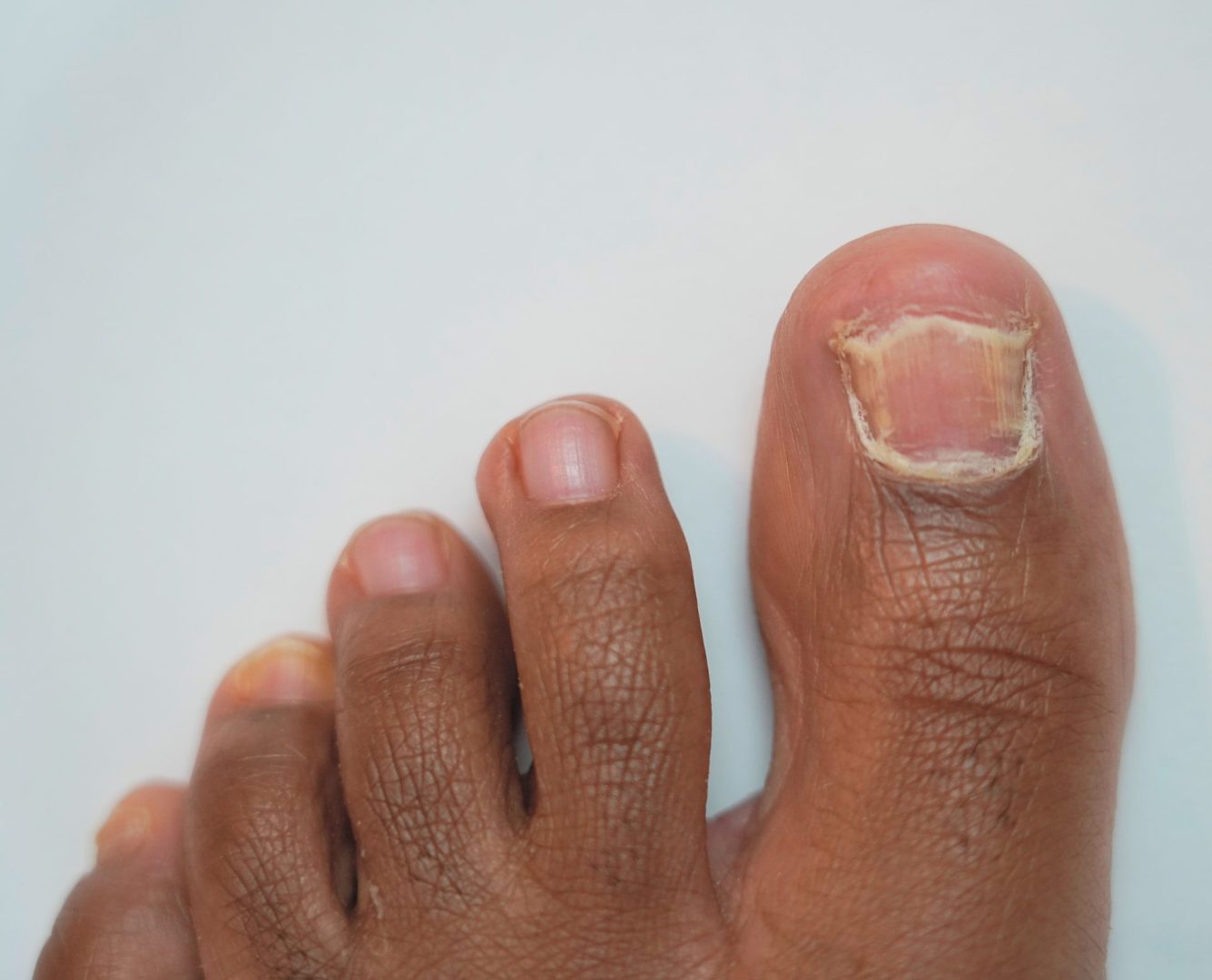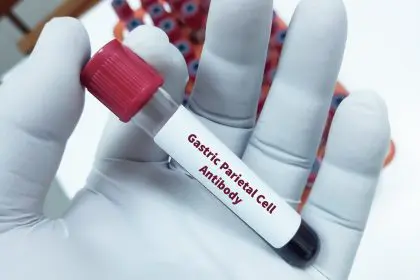Toenail changes often serve as early warning systems for underlying health conditions, with fungal infections representing one of the most common yet overlooked indicators of immune system function and overall wellness. Medically known as onychomycosis, toenail fungus affects approximately one in ten individuals and becomes increasingly prevalent among adults over 60 years old. While many dismiss nail discoloration or thickening as cosmetic concerns, these symptoms frequently signal deeper health issues that require medical attention and lifestyle modifications for optimal resolution.
Different infection types reveal varying health implications
Distal lateral subungual onychomycosis represents the most common fungal infection pattern, typically beginning at nail tips or sides with subtle yellow or white streaks that gradually progress to brittle edges and nail lifting. This infection often affects big toes or pinky toes first, indicating areas of greatest vulnerability due to pressure accumulation or moisture retention from footwear choices. The systematic progression demonstrates how fungal organisms break down nail proteins over time.
Proximal subungual onychomycosis presents a more concerning health picture, beginning at the cuticle area and spreading outward toward toenail tips. Health care providers often associate this rarer pattern with compromised immune system function, making it particularly important for individuals with diabetes, autoimmune conditions, or other chronic illnesses. The infection causes significant nail lifting and thickening that can indicate broader health challenges requiring comprehensive medical evaluation and ongoing monitoring.
Total dystrophic onychomycosis represents the most severe stage, where untreated fungal growth damages nail plates and underlying root structures. This advanced condition causes complete nail separation from nail beds, severe discoloration, and persistent pain while increasing secondary bacterial infection risks. The progression to this stage suggests prolonged immune system compromise or inadequate treatment of earlier infection phases.
Superficial white onychomycosis affects primarily the nail surface, creating chalky spots or white patches that make this type easier to treat than deeper infections. Early recognition of this surface-level infection prevents progression to more serious forms.
Environmental and lifestyle factors create infection opportunities
Fungal organisms thrive in warm, moist environments that people unknowingly create through daily habits and footwear choices. Sweaty socks combined with tight-fitting shoes provide ideal breeding conditions for fungal growth, particularly when feet remain damp for extended periods throughout the day. These environmental factors become especially problematic for individuals who exercise regularly, work in humid conditions, or wear non-breathable footwear materials.
Adult age naturally increases infection susceptibility due to slower nail growth rates, reduced circulation, and cumulative immune system changes that occur over time. Frequent foot dampness from activities like swimming, showering in public facilities, or excessive sweating creates additional exposure opportunities for fungal organisms commonly present in shared environments. Nail injuries from improper trimming techniques, trauma, or repeated pressure from ill-fitting shoes create entry points that allow fungal organisms to establish persistent infections.
Underlying health conditions significantly influence infection development and progression patterns, with diabetes and poor circulation creating particularly high-risk scenarios for severe complications. These conditions reduce the body’s natural ability to fight infections while creating environmental conditions that actively support fungal growth and proliferation.
Professional diagnosis guides effective treatment approaches
Health care providers utilize multiple diagnostic approaches to identify specific fungal organisms and determine appropriate treatment strategies based on individual infection characteristics. The KOH preparation test provides rapid results by dissolving skin cells to reveal fungal elements under microscopic examination, allowing immediate treatment decisions during initial office visits. Culture testing involves growing collected specimens in controlled laboratory conditions to identify exact fungal species, though results typically require several weeks for completion.
Advanced diagnostic methods include PAS staining techniques that use specialized dyes to highlight fungal cell structures and PCR testing that detects fungal DNA with exceptionally high accuracy levels. These sophisticated approaches help differentiate between various infection types and guide targeted treatment selection for optimal therapeutic outcomes.
Comprehensive prevention ensures long-term nail health success
Effective treatment options range from topical medicated nail polishes for mild surface infections to oral antifungal medications for severe cases requiring systemic intervention. Advanced situations may necessitate nail trimming, thinning procedures, or complete nail removal followed by intensive antifungal therapy to eliminate deep-seated infections completely.
Prevention strategies focus on eliminating environmental conditions that support fungal growth while protecting feet from high-risk exposure situations. Daily sock changes, thorough foot drying after bathing, and breathable footwear selection significantly reduce infection risks. Regular shoe disinfection and adequate drying time between wears prevent fungal organism accumulation in frequently worn footwear.
Proper nail care techniques include trimming nails straight across to prevent ingrown edges and disinfecting nail tools after each use to prevent cross-contamination. Avoiding barefoot walking in public pools, gyms, and locker rooms reduces exposure to fungal organisms commonly present in these high-risk environments.
















